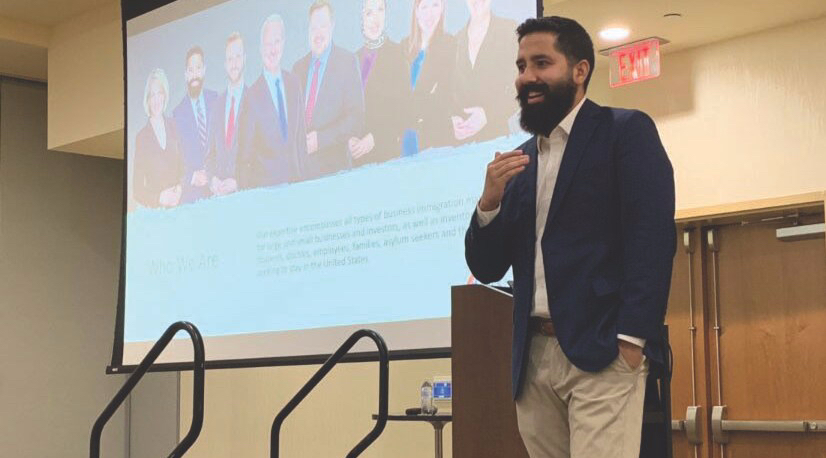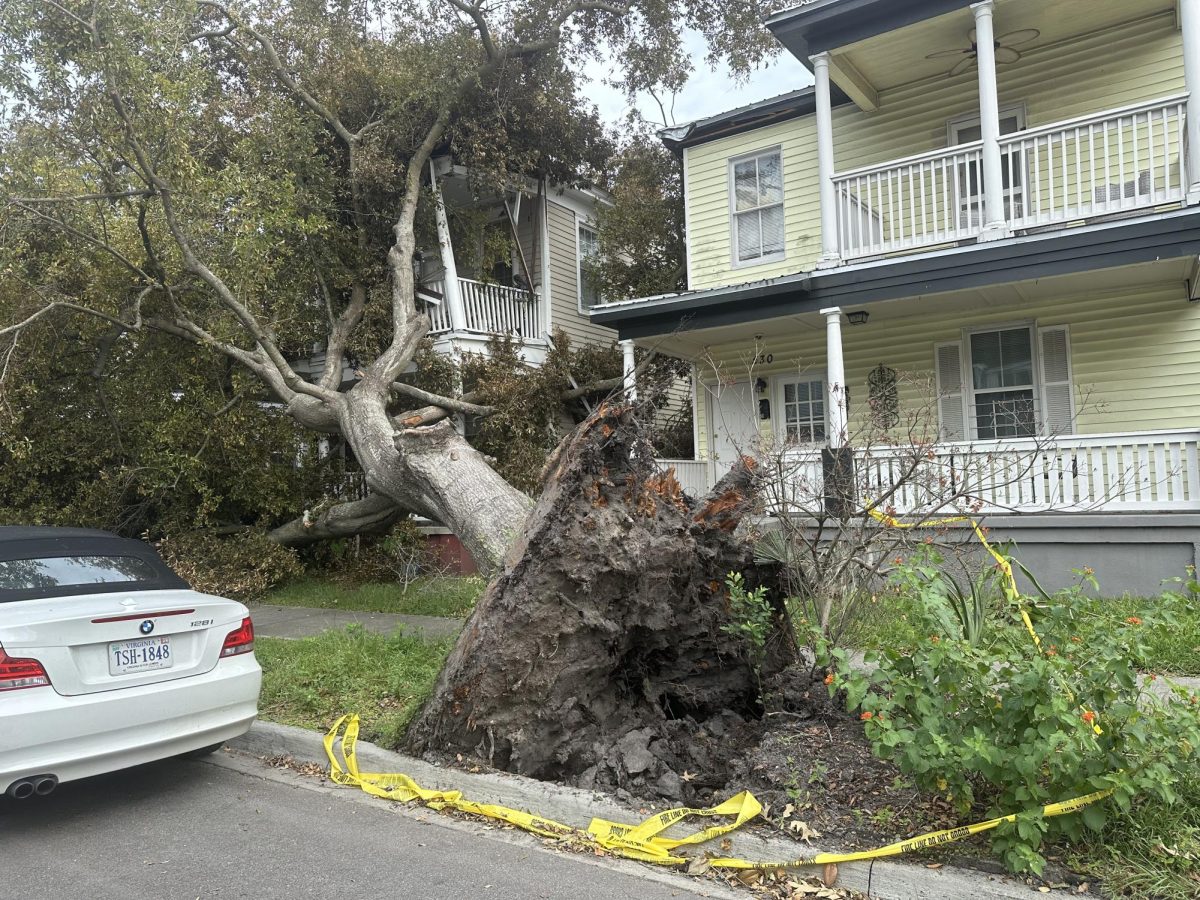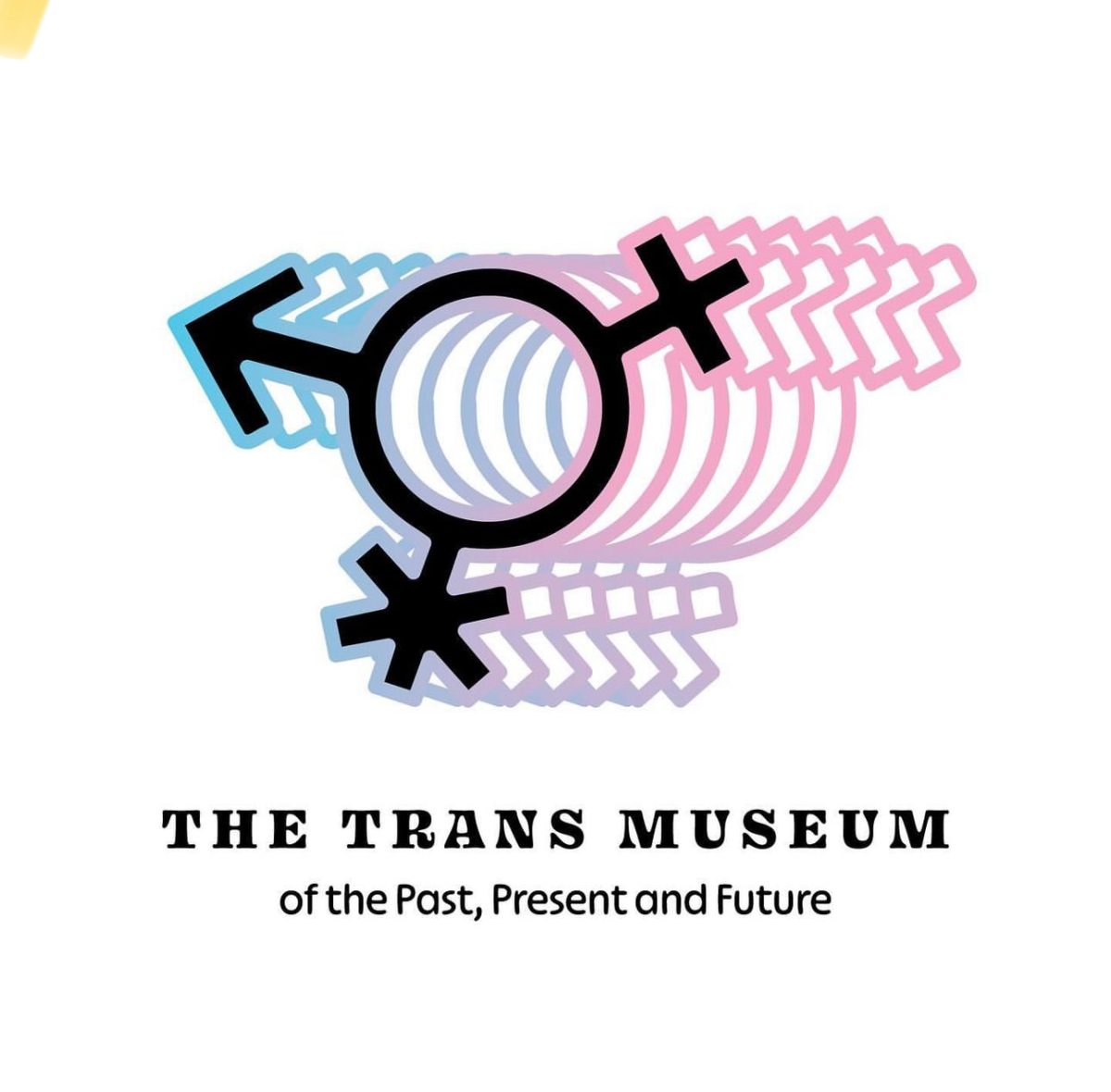Attorney Jorge Gavilanes refutes immigration misconceptions
Jason Chapman, Staff Writer
The NAACP at GSU had Attorney Jorge Gavilanes come speak to students about the current policy and climate of immigration law. Introducing the attorney was the NAACP President Ricky Perkins, “Jorge Gavilanes is a partner with Kuck Baxter Immigration LLC. Jorge is a graduate of J. Reuben Clark Law School at Brigham Young University. He practices in all areas of U.S. Immigration and Nationality Law.”
Gavilanes gets invited to speak at colleges, universities, community centers and various organizations. Gavilanes referring to one of the many places where he goes to speak, “There’s this community center in Atlanta, we go on a monthly basis, so once a month we’re there for a couple hours.”
Gavilanes stays after presentations to answer the attendees questions. Immigration law hasn’t changed very much over the past 23 years but there are new ways that the laws in place are being used and enforced.
“It’s not really law, it’s governing by rulemaking, regulation, so there’s that separation of powers, it’s not really there. Congress enacted the immigration law back in [1996] but since then how it gets implemented is up to the executive and there’s no checks on that,” Gavilanes said.
Many don’t really know the full extent of the current laws that are in place for immigration. “Part of the reason is, unfortunately, immigration law is a topic of conversation among many different people. Either because it affects them personally, family members, friends or just because it’s a hot topic with politics,” he explained.
There’s a lot of misinformation surrounding the topic of immigration. This is due to the fact that people start to talk and along the way that information gets corrupted and it is not relayed through reliable sources. On the topic of misinformation, “That might be fine for you if you just don’t know how it works but if you’re counting on this information to make decisions in your life then you better make sure that you have good solid information before you go out and do something that might affect you for the rest of your life,” he said.
Within the Kuck Baxter Law Firm, there are eight attorneys and five of them are partners within the firm, including Gavilanes. The Kuck Baxter firm practices in all areas of immigration law: Family based, business, asylum, investment, and all other facets.
Immigration is a very partisan issue. Gavilanes thinks a middle ground can be found, “I think there’s more middle ground that we like to admit or maybe talk about because it’s not very popular to say that we have middle ground with immigration.”
Gavilanes goes on to explain to the crowd gathered in the Student Union Ballroom A that there are a couple of different ways one can immigrate legally into the United States. One instance of a legal way is to win the lottery. It is a lottery by which some countries are allowed to participate in. As of September 2019, according to the U.S. Green Card Office, the following countries are not allowed in the lottery, Bangladesh, China (mainland-born), India, Pakistan, South Korea, Philippines, Vietnam, Nigeria, Canada, Brazil, Columbia, Dominican Republic, El Salvador, Haiti, Jamaica, Mexico, and Peru.
Very few people make it into the country by way of these lotteries. Jorge speaks on the asylum aspect of immigration, “Coming to the U.S. as a refugee is different than coming to the U.S. to seek asylum.”
Around the world there are many refugee camps due to conflicts in their home countries. When people flee from their war-torn countries, the United Nations (UN) set up camps and from there the refugees are given asylum in various countries that accept them.
“They don’t even know when they apply for, when they seek refugee status, they don’t even know what country they’re going to end up in and they get asylum the UN assigns them where they go. If they happen to come to the U.S. well they’ll come here but for those that seek asylum, the way you ask for asylum is either you come to the U.S. with a visa and once you’re here in the U.S. you apply for asylum or you come to a U.S. border and seek asylum and that is legal, let me be clear, legal immigration. So, unfortunately there’s a lot of talk about asylum seekers being part of the illegal immigration into the United States, that’s actually completely wrong, it’s part of the legal process to come to the United States and seek an oppurtunity to live here in the U.S. because of something that’s happening to them, some persecution that they’re enduring back home,” Gavilanes said.
On the topic of chain migration, there’s been a lot of misinformation in the media about how people are abusing this way of immigration. Gavilanes clarified the ways chain migration works saying, “If you’re a U.S. citizen you can petition for your parents, for your spouse, for your children whether they’re minors or not, married or not, doesn’t matter if you’re a U.S. citizen you can petition for your children to come live in the United States and your siblings but for a parent of a U.S. citizen there’s no wait time it’s immediate, if your child is married and an adult or just married it’s going to be maybe 10 to 15 years wait before they can actually get a green card, if you’re petitioning for your spouse there’s also no wait time. It’s just the processing time that it takes and that right now takes maybe, if your spouse is abroad, it’ll probably be a couple of years before that spouse ends up coming into the united states, for a sibling, for most countries other than China, India, the Philippines or Mexico it’s going to be around 15 to 20 years… To say that there’s this chain migration is impossible.”
Immigration law is a very complicated topic and it is ever-changing. Stephanie Molina, the Coordinator for the Office of Multicultural Affairs, “I think the main thing that a lot of the students got from the presentation was how complicated immigration law can really be.”
“A really great thing about this event the students really got to understand what people say when it’s more complicated than that or when there’s no line for immigration or that chain migration is not a real thing, it’s just something that has been made up,” Molina said.
The OMA will continue to put on 2019 Hispanic and Latinx Heritage Month events throughout October.








